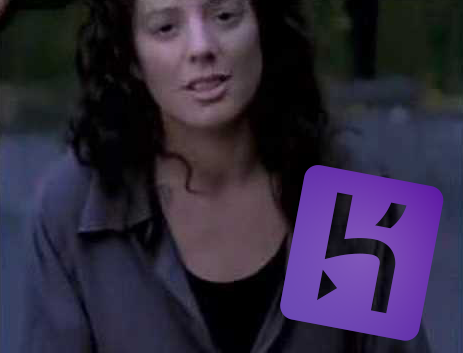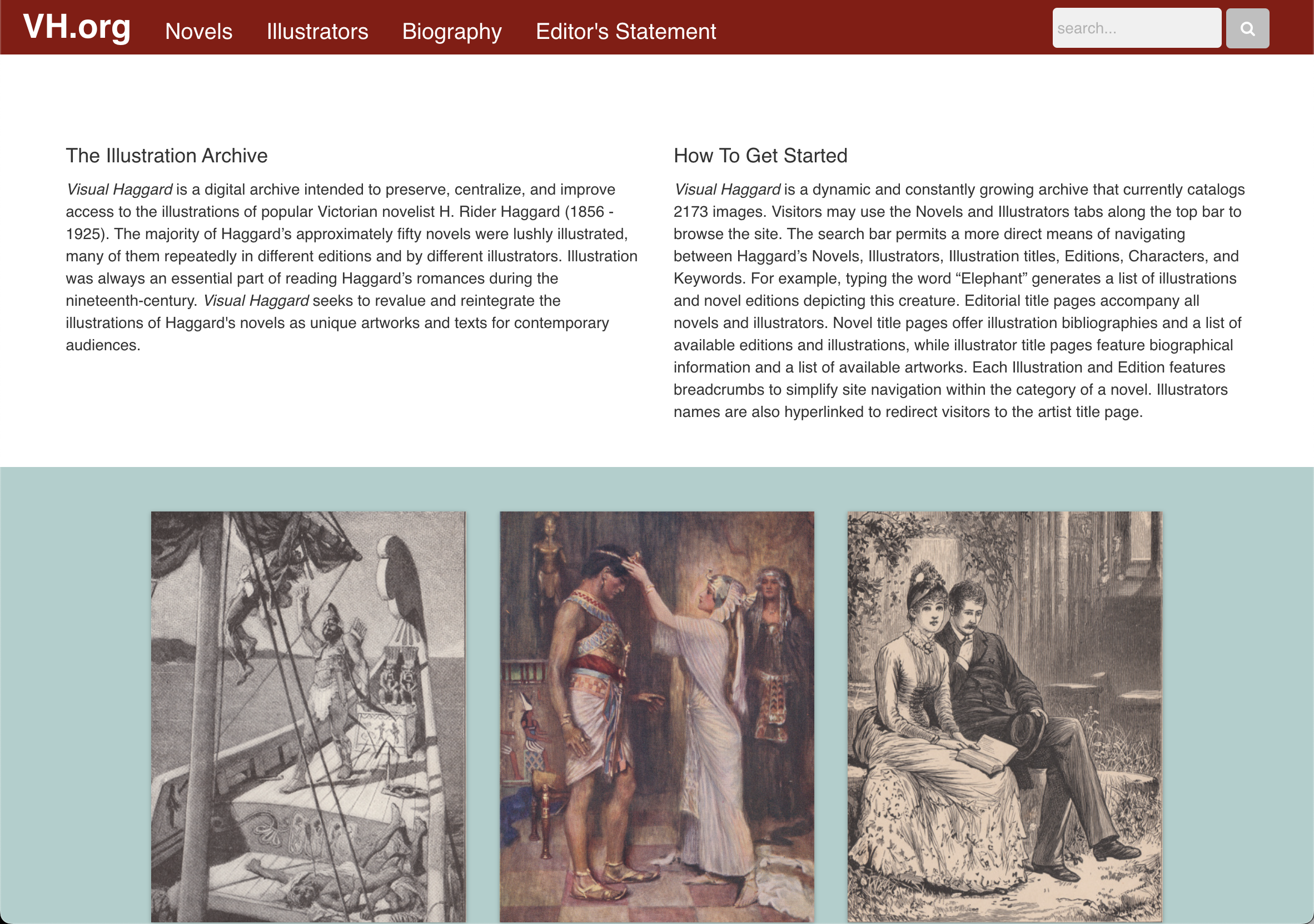
Did anyone else hear Sarah Mclachlan lilting upon the winds on August 25, 2022? No? Just me?
What is responsible for spurring this level of 90s-era sadness? The end of Heroku’s free tier, of course. This was the date that Salesforce notified its free tier users that beginning November 28, 2022 the free ride would end. No more free tier. Either get out your wallet, or just get out.
As of this post’s publication, the halcyon days of free Heroku hosting have come to a close. Tears have been shed. Hands wrung. Shouts pierced the sky. But, most importantly, those invested in maintaining their projects on a free platform must pull up stakes and move their projects to greener (freer?) pastures.
Unsurprisingly, several other PaaS products have stepped up to take Heroku’s place as the free tier provider. Today users can spin up free apps on Render, Fly, Vercel, or the Oracle Cloud Free Tier. While the purpose of this post isn’t to generate an inclusive list of free tier alternatives, the upset in the PaaS market is palpable. Anurag Goel, founder and CEO at Render says of the free tier’s expiration:
This is the first step to Salesforce sunsetting the Heroku public cloud. By removing the free tier, Heroku is effectively saying they don’t want to attract new users. As a result, we’ve seen an explosion in developers and businesses migrating to Render.
I can’t speak to Salesforce’s intentions, but the degree of interest, speculation, sturm und drang, etc. concerning this decision is merited: Heroku isn’t just any company.
Founded in 2007, and acquired by Salesforce in 2010, Heroku fundamentally rocked the world of web development. To begin with, the ease and immediacy of Heroku’s “git push heroku master” eliminated the friction of deployment. Developers at all skill levels were suddenly able to publish their apps in minutes. A master stroke for revolutionizing the developer experience. But Heroku’s second innovation was the free tier. This was a game changer for the creation of small hobby and educational projects. In this post I discuss what Heroku’s free tier meant to developers, especially as it relates to education, upskilling, nonprofits, and the nebulous idea of doing good online.
A Learning Platform
Heroku’s free tier has supported educators and students for many years. Bob Wise, Heroku General Manager and Salesforce EVP, acknowledges the historical importance of education to Heroku in his blog post “Heroku’s Next Chapter” (published the same day as the email notifying free tier users of the program’s end). Wise says:
We appreciate Heroku’s legacy as a learning platform. Many students have their first experience with deploying an application into the wild on Heroku. Salesforce is committed to providing students with the resources and experiences they need to realize their potential.
Currently, Heroku supports traditional students (meaning those having access to an academic email address) through the GitHub Student Developer Pack. Students that sign up for this pack receive a $13 USD per month credit, which according to a recent post by Deb Robbins, VP of Sales Strategy at Salesforce, “will cover the monthly cost of Eco dyno hours and one instance each of Mini Postgres and Mini Heroku Data for Redis®, or it can be used towards any Heroku Dynos and Heroku Add-on plans (except for third-party add-ons).” While this will enable traditional students to continue taking advantage of Heroku, it excludes non-traditional learners.
The decision to open up free access for education only to traditional students is surprising coming from the creators of Trailhead. According to the Mission Statement:
Trailhead’s mission has been to reduce the barriers to learning and to provide anyone – regardless of their background or education level – with a seamless pathway into the Salesforce ecosystem with free, hands-on access to skills and technology.
Trailhead has become a leader in the upskilling and reskilling space because it welcomes learners from all walks of life. Testimonials from the global Trailblazer community emphasize education as a lifelong commitment, and not something that happens only while enrolled at a university. According to Aldo Fernandez, Co-organizer of Uruguay Developer Community Group and Event Chair of Punta Dreamin’ the Latin American Conference for the Salesforce Developer Community:
A Trailblazer is a continuous learner who’s eager to share. A Trailblazer should use technology to help others improve their lives. Salesforce is a company that’s always innovating, and Latin Americans can’t miss the opportunity to be part of this movement.
Beginning in 2010, Michael Hartl famously integrated Heroku into The Ruby on Rails Tutorial. This book has a passionate following among Ruby on Rails developers, and many that I know gained their first exposure to the magic of Heroku through Hartl. It is no wonder that when Salesforce asked for feedback from the community as part of the Salesforce Heroku Roadmap Hartl was quick to speak up:
Glad to hear it! And yes, @Heroku’s decision is most unfortunate. I’ve been actively involved in trying to find a solution, but unfortunately only half-measures have emerged from that effort. https://t.co/wrySRCTBTY
— Michael Hartl (@mhartl) November 18, 2022
In fact, the Roadmap’s “Improvements to our support for Educators” thread includes many stories from instructors like Hartl that have relied on Heroku’s free tier as part of their pedagogy. One of the greatest concerns voiced by this community relates to the necessity of keeping a credit card on file. Students cannot be expected to have a credit card, and should not be required to use one in an academic setting. As fiveNinePlusR explains:
There’s also people that are going through self taught programs like the odin project that will be negatively impacted by this development. There are quite a few people that might not have access to a credit card number to easily signup with as there are a lot of international students. Having to have an edu email or some other accredited establishment is a burden for those people.
Nonprofit Community
Although Wise includes nonprofits among the groups Heroku intends to support (presumably as an extension of Salesforce for Nonprofits), what this means in practice has yet to be disclosed. Several nonprofit organizations have created issues on the Roadmap asking for clarification and support (here, here), but as of this post’s publication no answers or plans are forthcoming.
This is a shame as the promise of Heroku was tied to its ability to foster small scale projects intended to give back to the community. One such is Satellite Collective, an NYC based art incubator and 501(c)(3). Satellite Collective’s Ruby on Rails project gained some traction (including a New York Times write up), but as Daniel Talsky laments in his Github issue:
I had hoped there would be some announcement about the Nonprofit Program before the Heroku free plan cutoff, but I haven’t yet seen one and now the cutoff is at hand.
More troubling from my perspective is the squishiness of the term “nonprofit.” Are legally qualified 501(c)(3) organizations the only ones that will qualify for support? What about non-US based collectives? Aren’t there more ways to do good online than through the nonprofit route?
Doing Good Online
If it is not obvious, I take the issue of education and nonprofits at Heroku personally. As the director of visualhaggard.org, a creative commons licensed digital archive launched on Heroku in 2013, I have been deeply invested in this platform for nearly a decade. Visual Haggard is not a nonprofit per se, but rather an educational resource. I created this archive to preserve, centralize, and improve access to the illustrations of popular Victorian novelist H. Rider Haggard (1856 – 1925). The majority of Haggard’s approximately fifty novels (which include King Solomon’s Mines and She) were lushly illustrated, many of them repeatedly in different editions and by different illustrators. Visual Haggard seeks to revalue and reintegrate the illustrations of Haggard’s novels as unique artworks and texts for contemporary audiences. Unfortunately, today Visual Haggard can only be accessed via the Internet Archive’s Wayback Machine.

Visual Haggard is a labor of love; a hobby project intended to delight illustration enthusiasts and augment the scope of human knowledge. It has been a resource for individuals interested in the adventure and science fiction genre, illustration studies, and digital visual culture. Before going offline, the site contained 1,900 images and received approximately 1,500 page views every month. Over the years Visual Haggard garnered a number of fans and accolades. In 2017 it was 1st runner up for a Digital Humanities Award and also became is a federated archive with NINES, the Networked Infrastructure for Nineteenth-Century Electronic Scholarship. It has been used in numerous classrooms including those of Neil Hultgren, Associate Professor in the Department of English at California State University, Long Beach; Anna Feuerstein, Assistant Professor in the Department of English at the University of Hawai’i-Manoa; not to mention my own when I worked as an instructor at the University of Massachusetts, Dartmouth, and Georgia Tech. Visual Haggard is also a resource for researchers. Jemma Stewart cites Visual Haggard in her recent Gothic Studies essay, as does Chris Louttit, Assistant Professor of English Literature at Radboud University, in a chapter of Reading Dickens Differently.
Although my personal history and investment in Heroku’s free tier makes me sorrowful about its discontinuation, these feelings extend beyond my identity as an entitled millennial. As a recovering academic, I continue to wrestle with questions of ethics and online archives—a subject that drove much of my own Digital Humanities research (here, here). Beyond the ivory tower, questions of how the internet can be a tool for good have never been more vital. I argue that empowering makers to create and experiment contributes something worthwhile to the community of internet users.
The Heroku free tier empowered smart, enthusiastic, and curious tinkerers. Sadly, as David Eastman reflects in an article for The New Stack:
Today there are plenty of alternative platforms to Heroku, although I would argue they are not so simple to use. Plus these alternatives do little to align themselves with the spirit of the tinkering user.
There can be no question that the end of Heroku’s free tier is the end of an era. I am sad to see Visual Haggard go offline, but I am also grateful that free tiers—past, present, and future—exist at all. Freemium pricing models are a mixed bag for vendors, who cannot be expected to offer handouts indefinitely. It is my hope that Heroku’s free tier successors find a way to foster and maybe even expand the tinkerer spirit which is a prerequisite to doing good online.
Disclaimer: Render, Oracle, Vercel, Salesforce (Heroku), and GitHub are RedMonk clients.